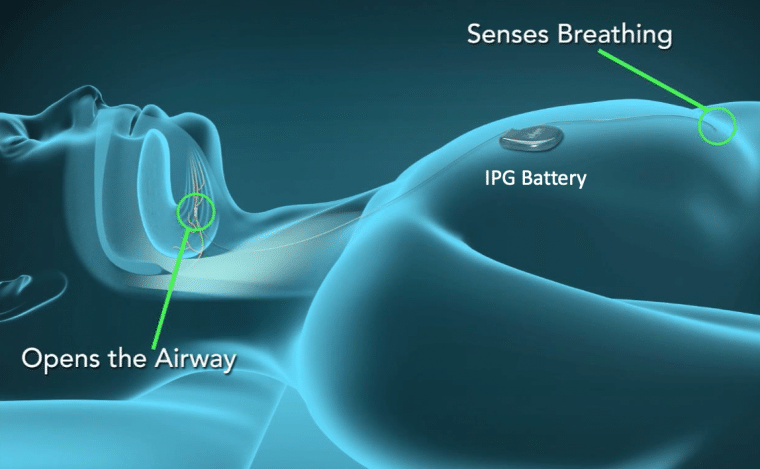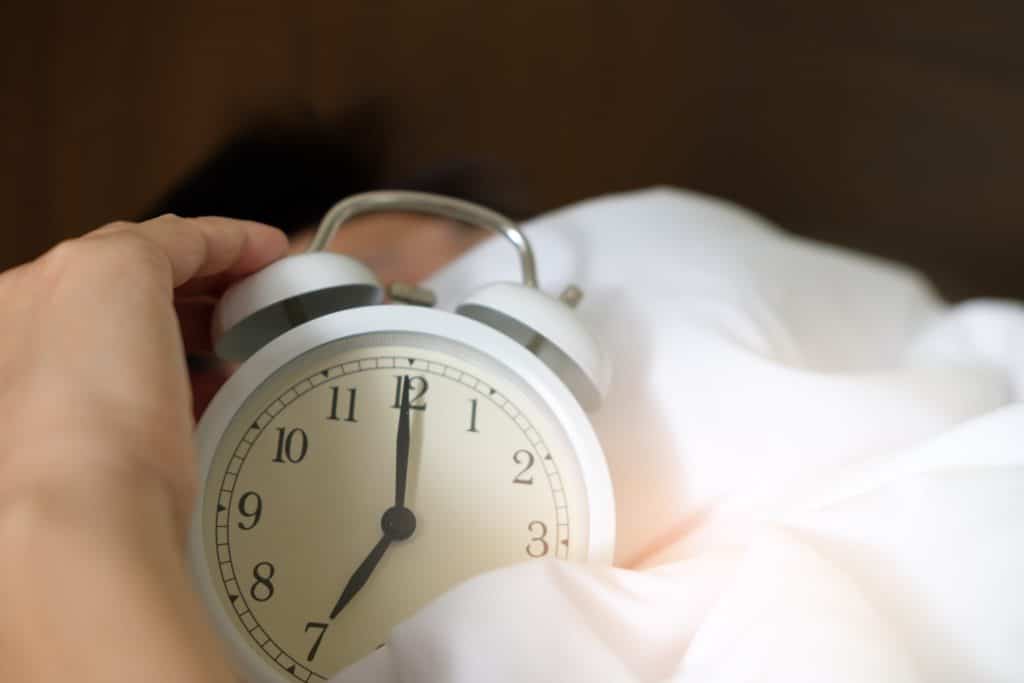Using your CPAP machine is only the beginning of your beautiful journey to better sleep. In order to protect your health, you will need to maintain your equipment to avoid the dangers of using a dirty CPAP. You also need to be able to tell if you’re using a broken CPAP or not, otherwise, you could get sick, suffer from fatigue again, and become unable to receive enough oxygen to properly rest.
Why Is Using A Dirty CPAP Bad?
As you use your CPAP night after night you introduce it to your breath, the dead skin cells on your face, and oils from your hair. The germs, grease, and oils can start cycling through the machine and cultivating mold or bacteria.
Your CPAP will also pick up dust, allergens, and germs from the surrounding area and can introduce them to your lungs. This could make it easier to catch an infection like a sinus infection, pneumonia, sore throat, or other illnesses. Nasal and eye irritation or infections could also occur.
If you have a CPAP with humidifier or heated tubing then moisture can collect, creating the perfect environment for mold, mildew, viruses, fungus, yeast, and bacteria to thrive in. Mold could irritate the airways, cause a cough, leading to bronchitis, and more which are all bacteria infection CPAP symptoms.
If you don’t change the water in your CPAP humidifier every night it can collect dust, mold, and bacteria in an optimal environment for multiplying.
Remember to only put distilled water in your humidifier. Tap water can leave hard, abrasive mineral deposits in your machine, making it difficult to function.
How To Tell If Your CPAP Is Dirty

- The Smell
Go ahead and take a whiff of your CPAP mask and other supplies. We mean a good one, get in close and inhale for any signs of musty scents. If you smell mildew, mold, or anything bad then you might have mold or bacteria collecting in your CPAP supplies.
2. The Visuals
Look at your CPAP machine, if it’s covered in a nice layer of dust then you probably haven’t cleaned it in a while.
Then look at your CPAP filters. If they’re darkened or discolored then it’s time to either clean or replace them.
If your mask and tubing show any discoloration, they need to be either cleaned or replaced as well.
Check out your CPAP tubing and humidifier for any signs of film or mineral build-up. Also, make sure there isn’t any moisture in your tubing or mask. Your CPAP supplies need to fully dry out before use.
3. Skin Irritation

Are you waking up with soreness, acne, or peeling skin? The oils, skin cells, and dirt that collect on your mask can be absorbed, leading to discomfort and even breakouts. This is a clear sign that it’s time to clean your CPAP mask. However, you could also have the wrong size if your mask is too tight or painful. But it most likely needs to be cleaned.
4. Frequent Infections
Are you coughing AGAIN? Do you have ANOTHER sinus infection? What, your doctor put you on MORE antibiotics? You may have CPAP mold symptoms or be getting sick more often due to having dirty CPAP equipment. Break the cycle and feel better with a regular CPAP cleaning schedule.
How to Clean Your CPAP Supplies
Cleaning your CPAP equipment is easy! Follow these steps once a week:
- Fill up a sink or large container with warm water, then add a few drops of gentle dish detergent.
- Take apart your CPAP mask, tubing, and water chamber and place them in the water. Swirl them around for about five minutes.
- Rinse each part thoroughly and hang them up to dry completely before use.
- Clean your CPAP filters by rinsing them with warm water, wringing them out, and allowing them to dry.
- Clean your CPAP machine by unplugging it first. Then wipe it down with a warm, damp cloth.
How to Tell If your CPAP is broken
CPAP side effect dangers go beyond using a dirty machine that could increase the risk of getting sick. Using a machine that’s broken could impact your pressure settings and disrupt compliance, leading to fatigue and other health risks. Maintaining your equipment is essential for maintaining your sleep apnea treatment.
Here are signs of a broken CPAP
- Cold air
If your CPAP is blowing dry cold air that’s irritating your airways you may have an issue with your CPAP humidifier. The hot plate that heats the water may not be properly functioning. The air should be comfortably lukewarm.
Also, the air shouldn’t feel as dry as a desert. That could be a sign that your humidifier isn’t working at all. Keep an eye on the water chamber to see if the water level lowers at all during the night. Your humidifier will use water if it’s working.
If your humidifier isn’t working, it may need to be restarted or the settings might need to be adjusted. Feel free to give us a call for any troubleshooting questions.
2. Return of snoring
If you’ve stopped snoring with your CPAP but suddenly start up again like a chainsaw, then your CPAP could be failing to put out enough consistent air pressure. This could be caused by:

- A leaking CPAP mask that needs to be replaced or adjusted.
- Your pressure settings aren’t set high enough.
- If you’re certain that your mask isn’t leaking then contact your doctor about adjusting your pressure settings. Do not adjust them on your own. Then you should be back on track for better sleep.
3. Odd Noises
Is your CPAP suddenly making strange noises? Do you hear a grinding sound, do parts shake if you move it, is there a hiss of leaking air? This could indicate that your machine has a leak or a broken component on the inside.
4. Fatigue
If you start to feel fatigued during the day again then you could be receiving unrefreshing sleep due to insufficient pressure from your CPAP. This may also cause you to wake during the night. Now you do need your pressure settings adjusted according to increasing age, weight loss or gain, and alcohol consumption. But lack of proper airflow could also be due to having a broken machine.
5. Age
Keep up with how old your CPAP machine is. Your machine needs to be replaced every five years for effective sleep apnea therapy. If your machine is getting up there with other old devices, regularly inspect it for cracks or strange noises that could indicate that it’s becoming worn out.
If you don’t have the time to clean your equipment by hand once a week and wait for them to dry, then don’t. Use a CPAP cleaner to sanitize your equipment for you.
CPAP Replacement Schedule
In order to keep your CPAP clean and working at peak performance refer to the following CPAP supply replacement schedule. This shows how long each part should last before starting to break down. Following this schedule should prevent air leaks, pressure loss, and lower the risk of getting sick!
** This post was originally published on https://www.cheapcpapsupplies.com/blog/dangers-using-dirty-cpap-machine-supplies/












